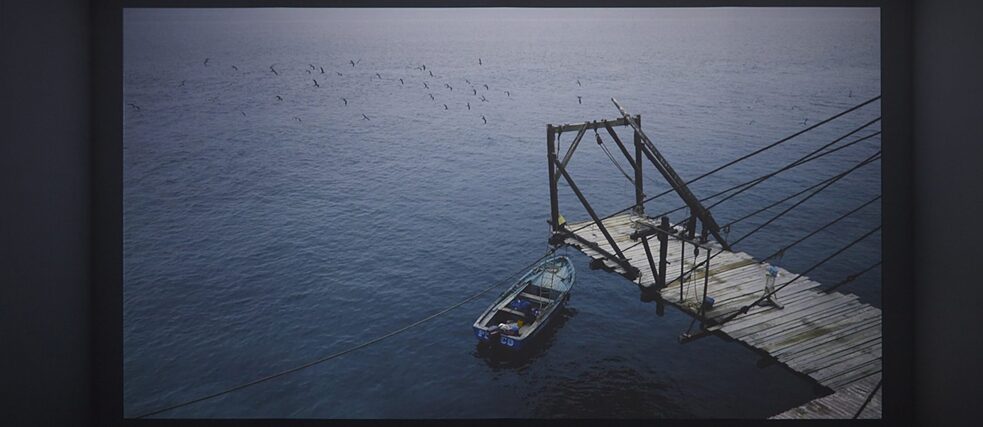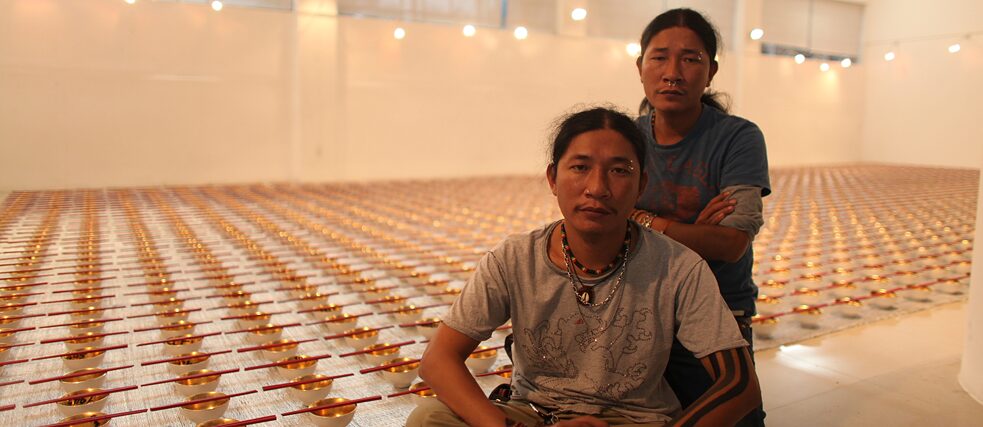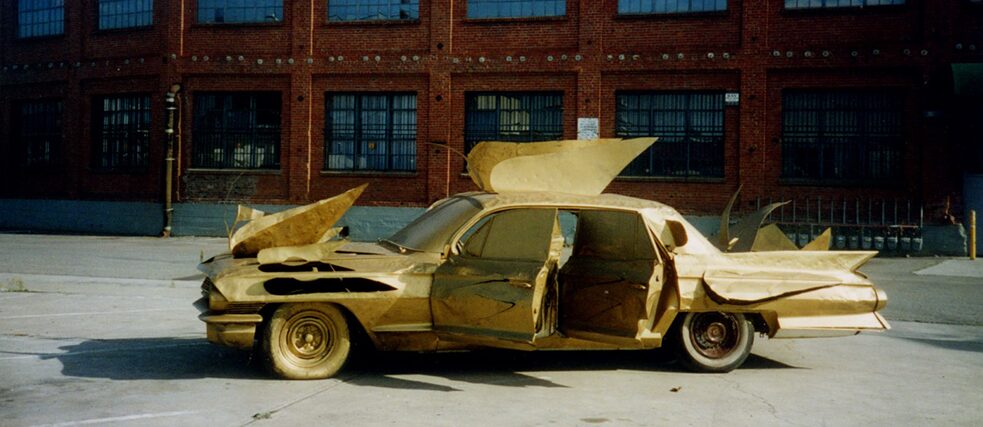Heritage Space, Hanoi, Vietnam
A Digital Archive for Contemporary Art

The Vietnam Art Archive (ViAA) at Heritage Space in Hanoi will be the first of its kind in terms of time period and geographical scope: It will encompass the entire Vietnamese contemporary art scene. During the pandemic and the imperative of social distancing, the possibilities that digital archives can offer became apparent.
A report by Ace Le
Since the dawn of Vietnamese contemporary art in the post-doi moi 1990s, the local art scene has been going through numerous phases with at least three generations of artists and happenings. However, there has been no concerted effort to construct a proper archival system to document such. Public institutions like the National Library or the National Archives have highly restricted access. While each art university does have a “tradition room” dedicated to art historical materials and publications, they struggle to keep up with contemporary art (it is not yet even taught in class). Similarly, while state-funded cultural research institutes do collect and document selected art literature, their operations are grossly outdated. Independent art spaces and collectives (e.g. San Art, Nha San Collective, Manzi, the Factory of Contemporary Art Center and VCCA) only archive their own respective materials, and not all information is publicly accessible or even digitised. The Hongkong-based Asian Art Archive (AAA) has done a solid job in covering certain important pockets of the early days of Vietnamese contemporary art – like the Salon Natasha Archive and the Blue Space Contemporary Art Archive – but not yet beyond. Compared to our Southeast Asian neighbours – like Indonesia with Indonesian Visual Art Archive (IVAA) or Burma with Myanmar Art Resource Center and Archive (MARCA), Vietnam is lagging far behind in art archival.
The need is urgent, and the time is now. So last year, when Nguyen Anh-Tuan, Director of Heritage Space, shared with me his vision of building ViAA, I could see how the project would easily round up support from the art community across the country, for the obvious benefits it would bring. For the first time, there would be a comprehensive, publicly accessible archive for Vietnamese contemporary art that combs from the North to the South, from the 1990s till present day. If done right, this could grow to become a wealth of research materials for writers/researchers/curators like myself, and the art community, the art market and the public at large. Being a digital platform, ViAA’s accessibility is also immune to the social distancing, unlike physical archives like libraries or “tradition rooms”.
Even though the project timeline has been somewhat affected by the pandemic, the ViAA team has managed to deliver a beta version before the end of 2021. With consultation inputs from domain experts, ViAA has architected its metadata to be sortable by fields encompassing time, geography, artist, discipline, medium and theme, among others. Over 30 artists have been shortlisted for this version, and a new batch is to be added every year. There is also a page listing the profiles of major exhibitions happening from 1990s to date, and another indexing prominent art organisations (17 have been named thus far) in each city.
While the initial list of artists does cover a wide spectrum of time (from a pioneer like Vũ Dân Tân to a Gen Z artist like Nguyễn Hải Yến), space (from Trần Lương in Hanoi to Lê Brothers in Huế and Dinh Q. Lê in Ho Chi Minh) and practice (from installation and performance to digital and sound), it – in the current state – is still a rather limited subset of the ambitious breadth of the archive’s long-term vision. And to ensure neutrality and art historical significance of the archive, my recommendation is for the working committee to publicly communicate the curatorial framework and criteria of selecting the artists and their specific artworks/exhibitions/projects for each batch.
As one of the key pillars of the project is Research and Education, I am also keenly interested in the potential outreach programmes and campaigns to raise awareness about and foster collaboration with ViAA to promote contemporary art to the Vietnamese public. Of course, this will come with more financial investment, but a good archive is only good if and when it is being utilised. And with ViAA being the first project of its kind in Vietnam, successful implementation is necessary to inspire others to follow suit and hopefully develop their own archival initiatives. Our art ecosystem needs a great deal more projects like this – and support from international cultural funds like the Goethe-Institut plays an instrumental role in helping strengthen the ecosystem, infrastructurally.
This ambitious yet way overdue project could be made possible thanks to the joint sponsorship from the International Relief Fund for Organisations in Culture and Education, initiated by the Goethe-Institut and by the British Council.
The article was published first in the journal "Politik & Kultur" of Deutscher Kulturrat in april 2022.



